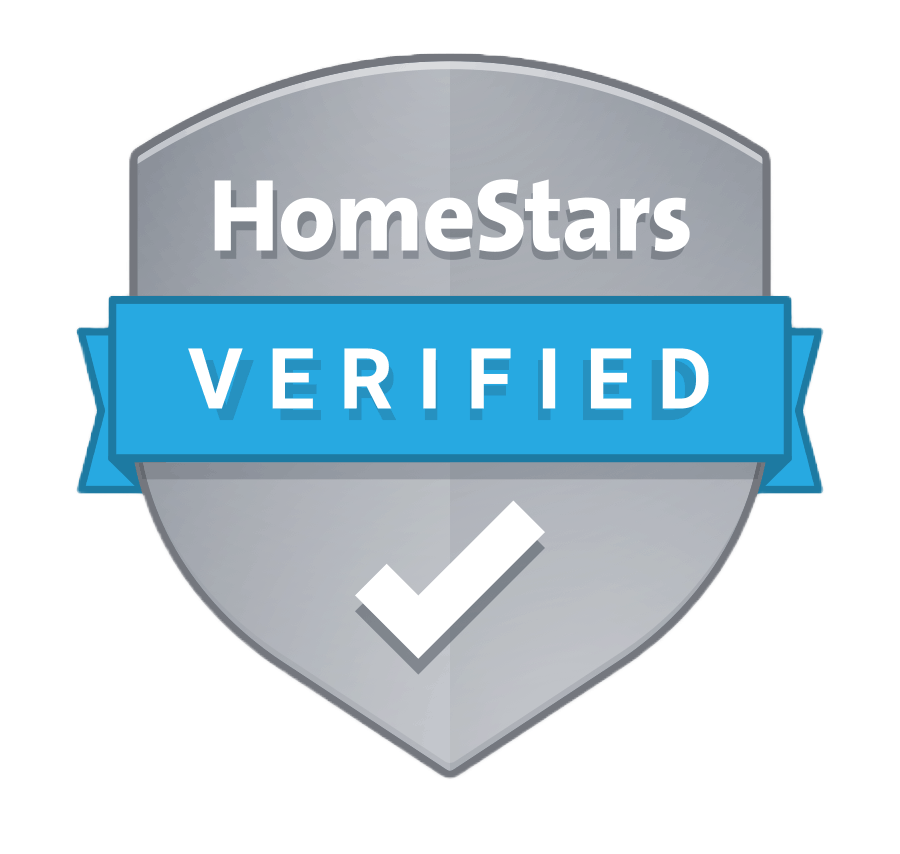
June 05, 2024
Property Management Tips, RYPM Resources
RYPM
Safety for tenants is, of course, paramount in Ontario's active rental market. Ensuring that rental properties are safe does not only protect people by law but also ensures that good housing is offered.
At Royal York Property Management, we fully understand the needs of tenant safety. It is our commitment to protect people who live in our properties and ensure the elevated success and reputation of these rentals. Started in 2010, Royal York Property Management is the number one property management and leasing firm across Ontario, with more than 22,000 properties under management with values in excess of $10.1 billion.
Here, as we analyze how important tenant safety will be in 2024, we will look at the legal requirements, the key safety measures, and how to balance security with affordability.
Understanding the Legal and Regulatory Framework in Ontario
Tenant safety in Ontario is protected by strong laws designed to safeguard tenant rights and well-being. The Residential Tenancies Act of 2006 is the main law. It delineates tenant rights and landlord responsibilities to ensure that rental properties are safe and habitable. Health, safety, housing, and maintenance standards must be followed by landlords; otherwise, they may be up against serious legal actions, such as fines and disputes with tenants.
Notably, the RTA controls the rate at which landlords increase rent. Rent increases are capped at 2.5% in 2024 to enable tenants to budget while keeping them safe from unexpected, high price increases, thus supporting housing affordability for tenants. In so doing, the RTA propagates the application of long-term leasing to help tenants enjoy the predictability of their living space.
 Ontario Building Code
Ontario Building Code
The Ontario Building Code, on the other hand, is a regulation that prescribes the minimum provisions for building construction and safety measures. It includes provisions on elements like structural integrity and fire safety. The 2024 Building Code updates have recently placed greater restrictions on energy efficiency and sustainable building measures. These, for the most part, indirectly enhance safety for tenants with improved durability of the building structure and enhanced indoor environmental quality.
Fire Code Compliance
The tenants' safety also comes under fire safety, where landlords are required to install and maintain smoke detectors, fire alarms, and extinguishers in all their rental units. Updates on the same, therefore, are to include full operation of the fire equipment, regular checks on its maintenance, and clear evacuation plans. However, if non-compliant, landlords could face heavy penalties, and the chances of harm befalling tenants could certainly be raised.
Balancing Tenant Security and Affordability
Keeping an adequate balance between tenant security and affordability is one of the hardest yet indispensable tasks a landlord can undertake. Landlords want to maintain profitable rental operations, and tenants just desire safe and affordable living conditions. Advocacy groups still demand that tougher rent control measures be put in place to shield tenants from unwarranted rent increases. In 2024, tenant vigilance will still be there, and a sense of fairness will need to prevail in the rental market.
Now more than ever, the policy in Ontario is being developed to respond to the problem that continues to feed the spiral of affordability. A lot of this debate is about policymakers finding ways to provide affordable, safe accommodation. It is this delicate balance that requires innovative approaches and collaboration between landlords, tenants, and policymakers.
The Impact of Tenant Safety on Property Management
Tenant Retention and Satisfaction
Tenant safety directly influences tenant retention and satisfaction. When tenants feel secure, the tendency is to stay longer; hence, the rates of turnover and periods of vacancy will decrease. Security enhances confidence and peace of mind among tenants, which are basic for good relations between a tenant and landlord.
Legal and Financial Implications
Neglecting the safety of tenants can result in big legal and financial outcomes. Court cases, huge fines, and insurance premium hikes could result. Furthermore, being reactive to safety issues usually costs more than proactive maintenance and safety enhancements. Investing in tenants' welfare is a financially wise step; it actually minimizes risks and liabilities.
Property Value and Reputation
Safe properties will also attract better market value, and that is what consumers and buyers in the industry are looking for. A reputation for providing safe rental units gives a landlord further consideration within the community, too, thereby attracting even more responsible tenants.
 Key Areas of Tenant Safety
Key Areas of Tenant Safety
Maintaining tenant safety also involves action on a number of important security fronts. Certain obligations on the landlord help establish a safe living environment for the tenants.
Structural Safety
It is essential to check the structural integrity of rental properties. To avoid accidents and damage, roofs, walls, and foundations should be checked with some regularity and repaired as needed. Keeping the structure safe is a way of protecting tenants, but it also ensures that the value of the property is preserved over time.
Smoke Detectors and Carbon Monoxide Alarms
The means of fire safety have to be implemented effectively. This means placing smoke detectors inside the bedroom and at every level of the property, providing fire extinguishers in accessible places, and making sure fire alarms are in good working condition. Communicating with tenants about the developed and designated escape routes from the property in case of a fire can save lives. Smoke detectors and carbon monoxide alarms must be installed and maintained properly in order to protect the safety of occupants. These life safety appliances must be regularly checked for their proper functioning. They should be installed in common areas as well as individual units, providing comprehensive coverage throughout the property.
Electrical Systems and Appliances
The second area of critical concern is electrical safety. Old wiring, circuits that are too loaded, and unsafe electrical installations represent real risks. Regular electrical checks and updates toward compliance with contemporary safety standards avoid the risk of electrical fires and ensure safe living conditions. Very high risks to tenant safety are posed by faulty wiring and faulty appliances. Inspections of electrical systems and appliances have to be done in a timely and regular manner to ensure safety. Landlords need to ensure that all electrical installations are safe to avoid accidents and fires.
Secure Locks and Lighting
Good lighting and strong locks in common areas are essential to the prevention of crime and security improvements for the tenant. A landlord should consider investing in lighting infrastructure for hallways, parking lots, and other open areas. Good lighting and properly functioning locks at every entrance put tenants' minds at ease and create a sense of safety for them.
Implementing Tenant Safety Measures
Regular Inspections and Maintenance
Routine inspections and routine maintenance are ways that potential safety problems can be detected and solved. Inspections of the structure, electrical system, and fire safety equipment on a regular basis ensure problems can be nipped in the bud. Proactive maintenance not only ensures compliance with safety regulations but also extends the lifespan of the property. Check out this summer's top 10 essential maintenance tasks.
Tenant Education and Communication
It is very important to educate the tenants on safety protocols and procedures. Tell them clearly how to report maintenance issues, what to do in case of emergencies, and how to use safety equipment in their environment. Communication links between the tenants and the landlord create a safe and responsible culture.
Emergency Preparedness
Comprehensive emergency planning and safety drills prepare tenants for all types of situations, including fires, natural disasters, and other types of emergencies. Distribution of emergency contact information and evacuation routes ensures tenants are prepared on how to act best in such emergency situations.
Innovations and Technology in Tenant Safety
Smart Home Technology
Smart home technologies, like advanced safety features give a sense of security to the tenants. Smart locks and security cameras, along with the lighting system, offer extra security. These can be remotely monitored and controlled by the landlords, giving proper responses on time.
Security Systems and Surveillance
Investment in modern security systems such as surveillance cameras and alarm systems will greatly deter criminal activities, therefore giving the tenants peace of mind. These systems should be integrated with the emergency response services for fast assistance.
Reporting and Dispute Resolution
Empowering tenants with the ability to report any safety concerns and providing effective mechanisms for dispute resolution are other essentials for maintaining a safe rental environment. The tenant must be allowed to report such matters to the landlord, who should have a system of communication in place that is both timely and quick so that such matters are attended to before they grow into serious ones.
It is very important that the Landlord and Tenant Board (LTB) be the final arbiter of all disputes between landlords and tenants. The LTB offers tenants an avenue to address their issues to make sure that their rights are upheld and their concerns are heard. Empowering tenants to reach out to community resources, including advice and support organizations, bestows upon them a further capability of dealing with safety-related challenges.
Tenant safety in Ontario rentals is multidimensional and involves responsibility and care from landlords, tenants, and policymakers. At Royal York Property Management, we work passionately to ensure our tenants enjoy secure and livable rental spaces. We work hard to contribute to a safer, more equitable rental market through adherence to safety regulations, open communication, and advocacy for affordable housing.
Moving through 2024, responsible property management means never losing sight of the goal of tenant safety. With all eyes on the future of tenants in Ontario, let us see to it that an affordable unit is a safe unit. For more information on Royal York Property Management and our services, visit: royalyorkpropertymanagement.ca
Recent Posts

How are demographic shifts affecting rentals in Grimsby?
June 28, 2024

What are the most popular rental features in Newcastle?
June 28, 2024











